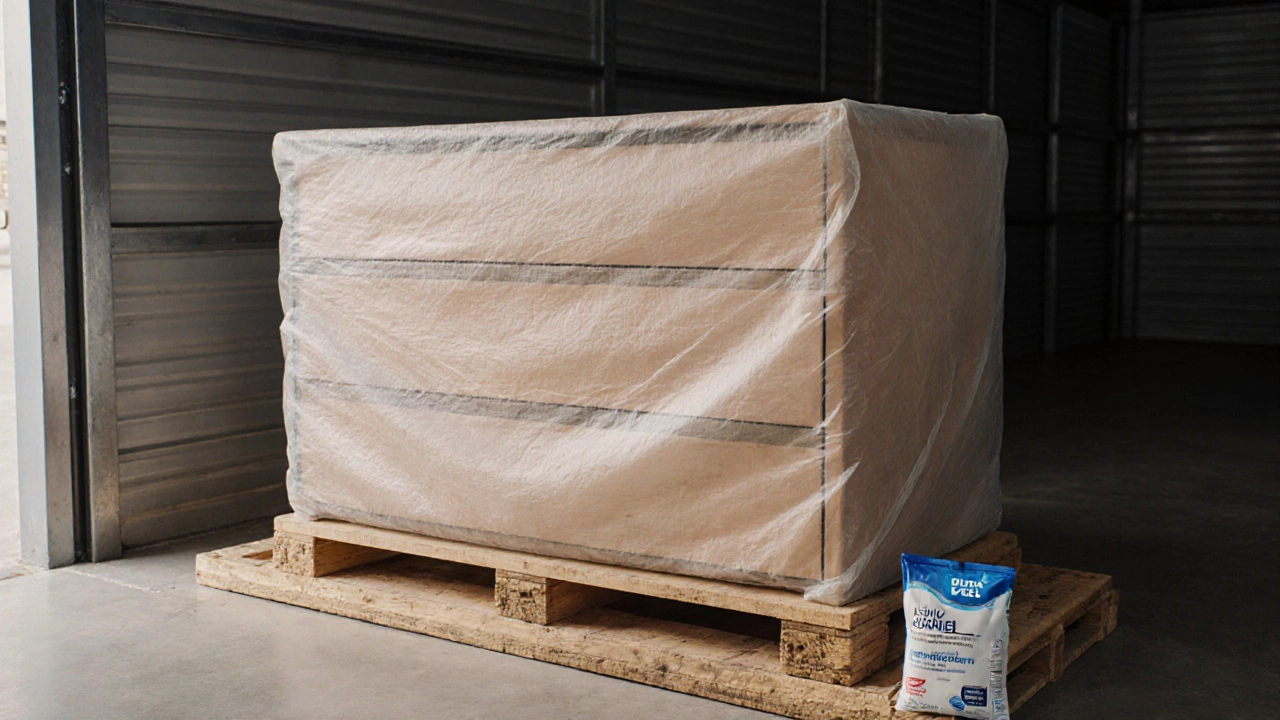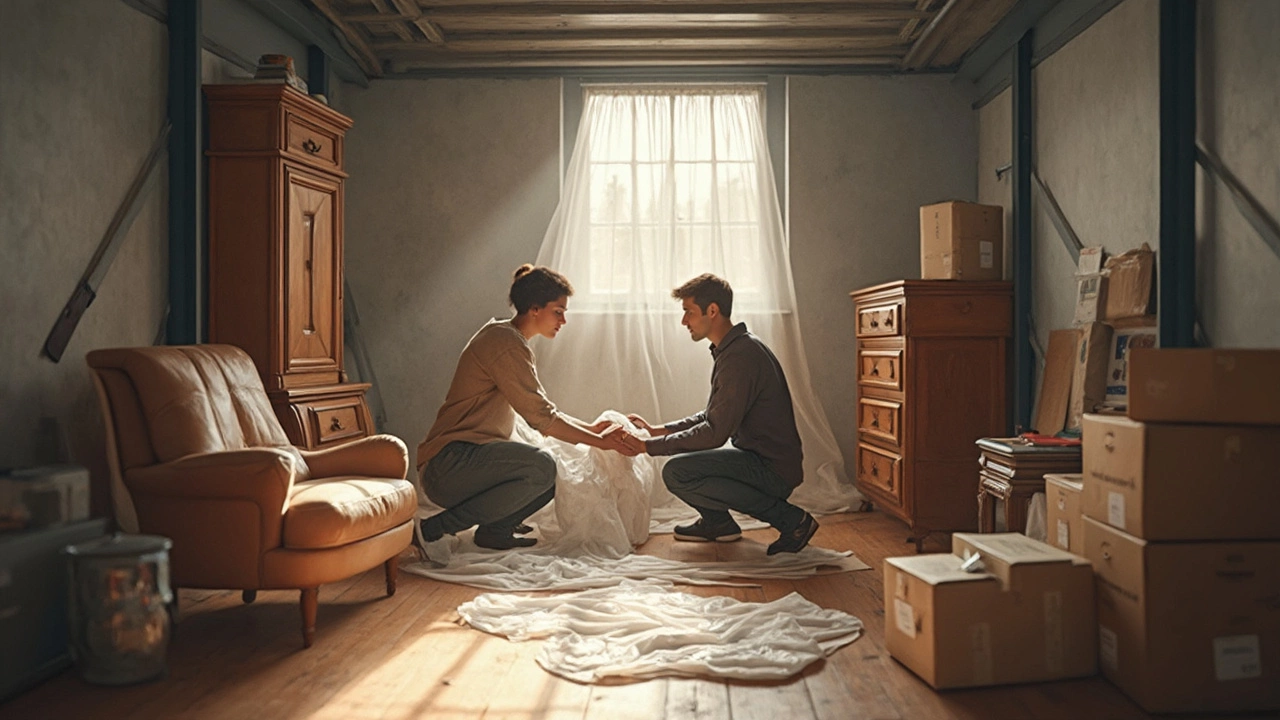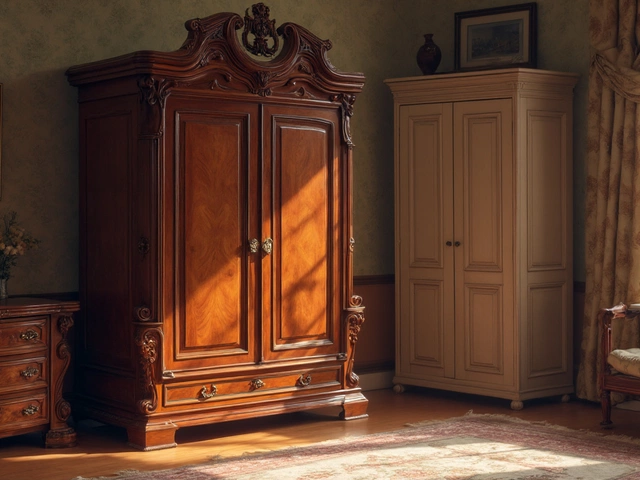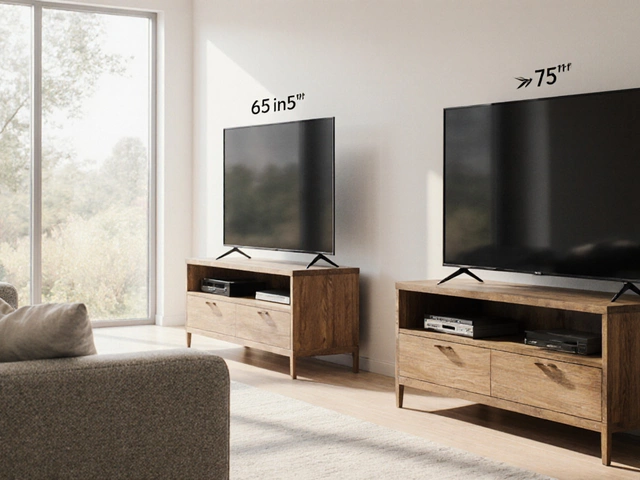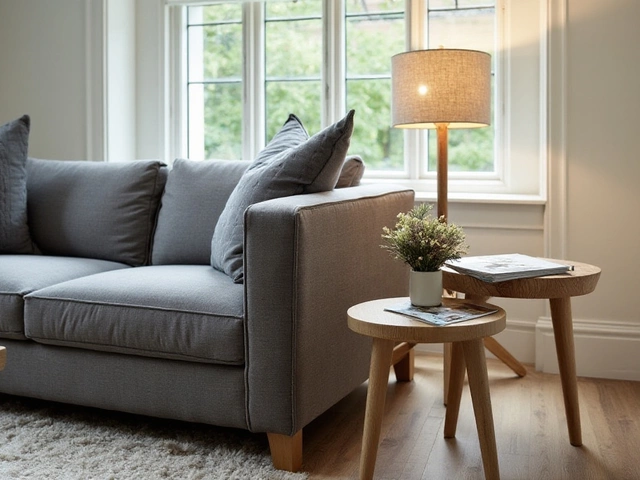Furniture Protection: Simple Ways to Make School Furniture Last Longer
Every school spends a lot on desks, chairs, and storage. When you protect that furniture, you save money and keep learning spaces looking fresh. Below are quick, practical steps you can use right now to stop wear and tear before it starts.
Why protecting furniture matters in schools
Kids are active, backpacks are heavy, and spills happen daily. All that action can dent frames, strip finishes, and loosen bolts. Replacing a single desk can cost as much as buying a whole new set, so regular care makes financial sense. Plus, well‑maintained furniture creates a tidy environment that helps students focus.
Another hidden cost is downtime. A broken chair means a student sits on the floor, and a wobbling desk disrupts a lesson. By keeping furniture in good shape, you avoid these interruptions and keep the classroom running smoothly.
Practical protection tips you can start today
1. Use protective mats and pads. Place clear chair mats under rolling chairs and rubber pads on desk legs. They absorb scratches and keep floors from getting scuffed.
2. Clean spills right away. A wet spot can soak into wood or fabric, causing stains and swelling. Grab a dry cloth, blot the liquid, then wipe with a mild cleaner suited for the material.
3. Choose the right cleaning products. Harsh chemicals strip finishes. Stick to pH‑balanced cleaners or a mix of water and a few drops of gentle dish soap. Test on a hidden spot first.
4. Secure bolts and screws regularly. Classroom furniture is moved often, so connections loosen. A quick weekly check with a screwdriver can catch loose parts before they break.
5. Add edge guards on high‑traffic desks. Simple plastic or rubber strips protect corners from chips caused by backpacks and elbows.
6. Rotate seats and desks. If a particular area gets extra use, swap furniture with another row every term. This spreads wear evenly and extends the life of each piece.
7. Limit weight on chairs. Heavy backpacks left on chairs can sag the seat. Provide hooks or lockers for bags so chairs stay free of extra load.
8. Use furniture polish sparingly. A light coat of polish once a year restores shine and adds a thin protective layer. Over‑polishing can make surfaces slippery.
Implementing these steps doesn’t require a big budget—just a bit of routine. Ask teachers to remind students to wipe away crumbs, and assign a staff member to do a quick weekly inspection. Small actions add up, and your furniture will stay sturdy for years.
When you protect school furniture, you’re not just saving money; you’re creating a better learning environment. Strong desks, comfortable chairs, and tidy storage let students focus on lessons, not broken furniture. Start with one tip today and watch the difference it makes in your classrooms.
